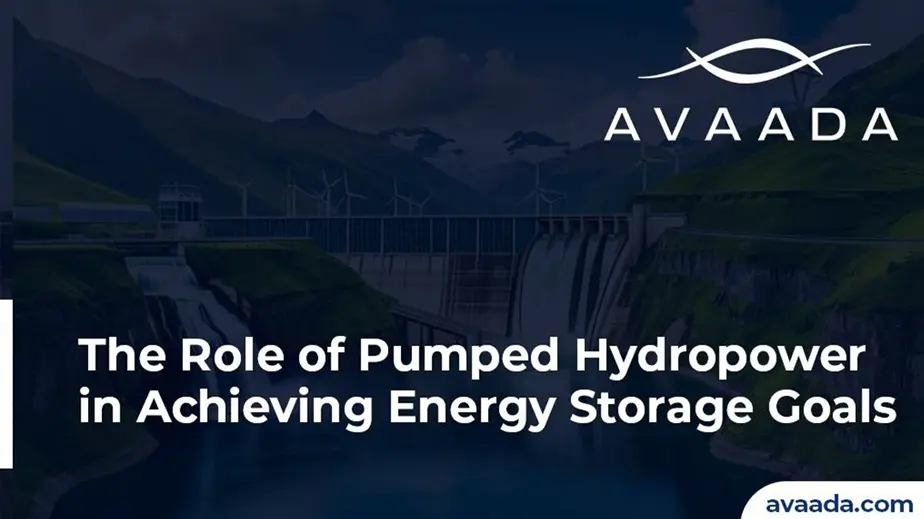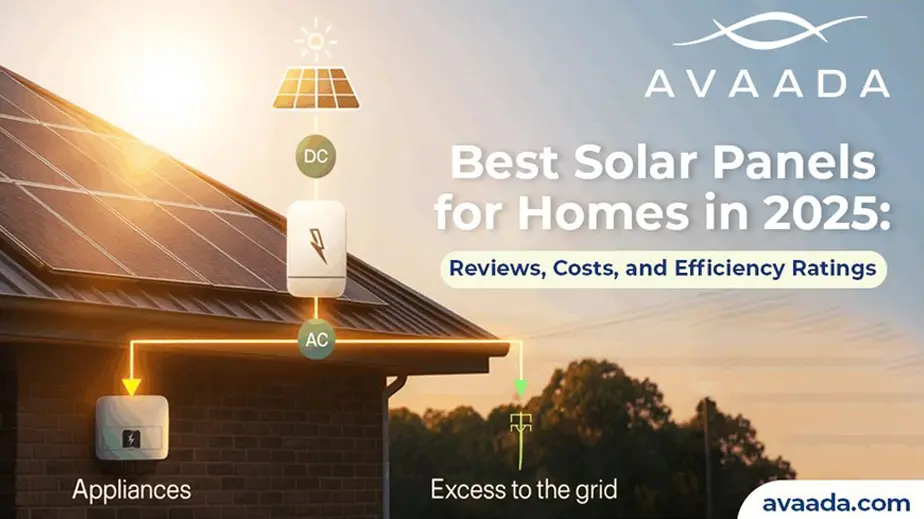As the world increasingly embraces renewable energy to combat climate change, the demand for skilled professionals in the sector is growing at an unprecedented rate. From solar and wind energy to geothermal and bioenergy, renewable technologies are reshaping energy markets and economies. However, this rapid growth has exposed a significant challenge: the skill gap in the renewable energy workforce. The skill gap offers an excellent opportunity for workforce development, fostering economic growth and a sustainable future.
Understanding the Skill Gap
The renewable energy sector mandates an impressive mix of skills, ranging from engineering and project management to technical operations and policy formulation. According to a 2023 report by the International Renewable Energy Agency (IRENA), despite surpassing 12 million worldwide in employment, many remain unfilled owing to the lack of trained specialists. Important areas of concern:
- Technical Skills: Installation and maintenance of solar panels, wind turbines, and other renewable infrastructure require hands-on expertise. Training programs for technicians and engineers have not kept pace with the technology.
- Digital Skills: Integration of artificial intelligence, machine learning, and IoT in renewable energy systems has made a requirement of professionals who can handle digital tools and data analytics.
- Policy and Regulatory Knowledge: As governments around the world implement green energy policies, there is a growing need for professionals who understand regulatory frameworks and can navigate complex compliance requirements.
- Project Management: Large-scale renewable energy projects require skilled managers who can oversee budgets, timelines, and cross-functional teams.
Root Causes of the Skill Gap
Several factors contribute to this widening skill gap:
- Educational Mismatch: Traditional curricula in engineering and environmental sciences lack renewable energy technologies.
- Technological Change: The pace of new developments in renewable technologies outpaces training programs’ capabilities to adjust accordingly.
- Lack of Awareness: Young professionals do not know career opportunities in renewable energy or even view them as niche fields.
- Geographic Disparities: Skill gaps are most glaring in developing nations, where infrastructure for education and training may not be as strong.
Learn about Solar in Gujarat: Potential, Solar Policy and Subsidy (2024)
Workforce Development Opportunities
Bridging the renewable energy skills gap will be a collaborative effort between governments, educational institutions, and private sector stakeholders. These are some key strategies:
- Reform of Education and Training Programmes: Universities and vocational schools must revise curricula to encompass renewable technologies, energy systems, and sustainability courses. Academia-industry partnership will ensure programs meet the markets’ needs.
- Promoting Technical and Vocational Training TVET: Certificate programs and on-the-job apprenticeships can serve as short-term hands-on experience for technicians and engineers. Some courses, for instance, specialize in installing solar panels or repairing wind turbines that would prepare anyone to enter entry-level positions almost immediately.
- Encouraging Lifelong Learning: The fast-evolving nature of renewable energy technologies necessitates continuous professional development. Online learning platforms, workshops, and industry conferences can help workers stay updated on the latest trends and tools.
- Leveraging Digital Tools: Virtual reality (VR) and augmented reality (AR) can be used to simulate real-world scenarios for training purposes. Additionally, e-learning platforms can make renewable energy education accessible to remote learners.
- Government and Policy Support: Subsidies, tax breaks, or grants to the training programs can be offered by governments for workforce development. The policies that support gender diversity in renewable energy can further expand the talent pool.
- Industry-Led Approaches: Companies in the renewable energy sector must make in-house training investments and collaborate with the local communities in building pipelines of talent. Internships and mentoring projects can further develop the talent.
Explore our blog on Green Technologies Matters: Step-by-Step Guide to Implement Green Technologies in MSMEs
Benefits of Closing the Skill Gap
- Economic Growth: A well-trained workforce can spur the growth of renewable energy projects, create jobs, and spur economic activity.
- Environmental Sustainability: Skilled professionals can accelerate the transition to clean energy, reducing greenhouse gas emissions.
- Social Equity: Workforce development programs can empower underrepresented groups, such as women and rural communities, in the green economy.
Conclusion
It presents a challenge as well as a huge opportunity; investing in education, training, and workforce development will help not only bridge this gap but lay the foundation for a greener, more equitable future. There is no time to waste on this transition: with the accelerated shift towards renewable energy, this is the right time to leverage the potential of the workforce and ensure a sustainable energy revolution.








